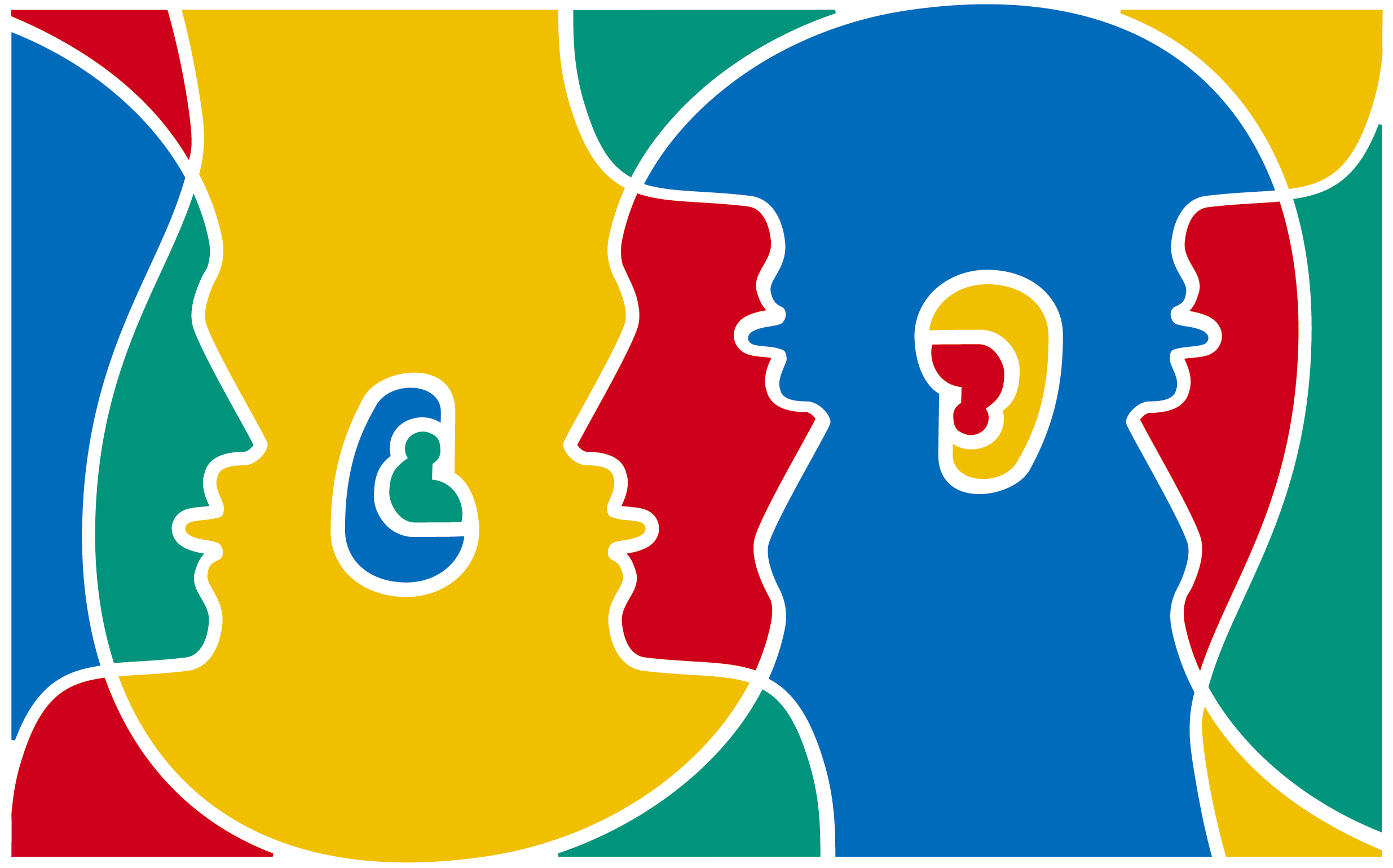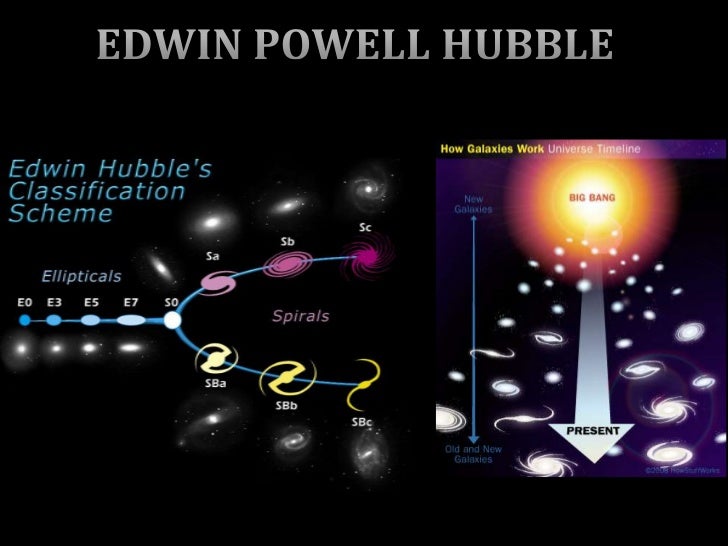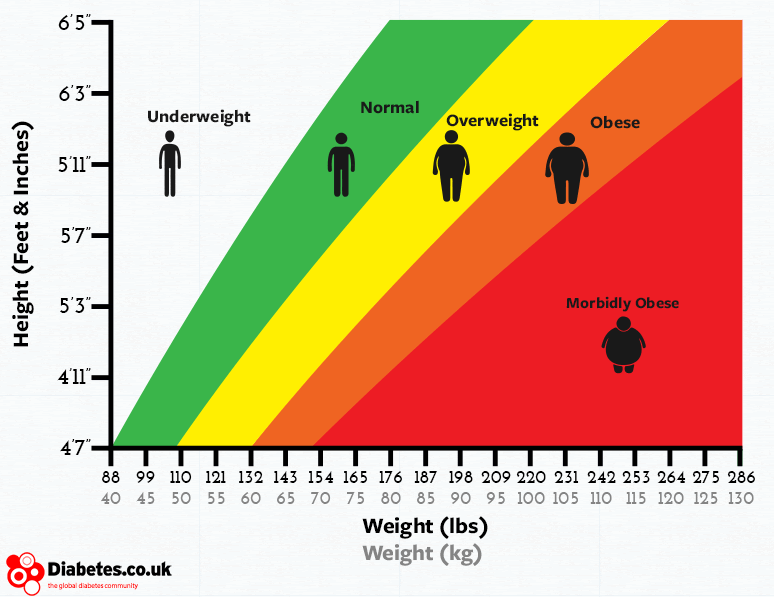
It is an intriguing question, to which we may never have a complete answer: How did we get from animal vocalization (barks, howls, calls...) to human language?
Animals often make use of signs, which point to what they represent, but they don’t use symbols, which are arbitrary and conventional. Examples of signs include sniffles as a sign of an on-coming cold, clouds as a sign of rain, or a scent as a sign of territory. Symbols include things like the words we use. Dog, Hund, chien, cane, perro -- these are symbols that refer to the creature so named, yet each one contains nothing in it that in anyway indicates that creature.
In addition, language is a system of symbols, with several levels of organization, at least phonetics (the sounds), syntax (the grammar), and semantics (the meanings).
So when did language begin? At the very beginnings of the genus Homo, perhaps 4 or 5 million years ago? Before that? Or with the advent of modern man, Cro-magnon, some 125,000 years ago? Did the neanderthal speak? We don’t know.
There are many theories about the origins of language. Many of these have traditional amusing names (invented by Max Müller and George Romanes a century ago), and I will create a couple more where needed.
1. The mama theory. Language began with the easiest syllables attached to the most significant objects.
2. The ta-ta theory. Sir Richard Paget, influenced by Darwin, believed that body movement preceded language. Language began as an unconscious vocal imitation of these movements -- like the way a child’s mouth will move when they use scissors, or my tongue sticks out when I try to play the guitar. This evolved into the popular idea that language may have derived from gestures.
3. The bow-wow theory. Language began as imitations of natural sounds -- moo, choo-choo, crash, clang, buzz, bang, meow... This is more technically refered to as onomatopoeia or echoism.
4. The pooh-pooh theory. Language began with interjections, instinctive emotive cries such as oh! for surprise and ouch! for pain.
5. The ding-dong theory. Some people, including the famous linguist Max Muller, have pointed out that there is a rather mysterious correspondence between sounds and meanings. Small, sharp, high things tend to have words with high front vowels in many languages, while big, round, low things tend to have round back vowels! Compare itsy bitsy teeny weeny with moon, for example. This is often referred to as sound symbolism.
6. The yo-he-ho theory. Language began as rhythmic chants, perhaps ultimately from the grunts of heavy work (heave-ho!). The linguist A. S. Diamond suggests that these were perhaps calls for assistance or cooperation accompanied by appropriate gestures. This may relate yo-he-ho to the ding-dong theory, as in such words as cut, break, crush, strike...
7. The sing-song theory. Danish linguist Jesperson suggested that language comes out of play, laughter, cooing, courtship, emotional mutterings and the like. He even suggests that, contrary to other theories, perhaps some of our first words were actually long and musical, rather than the short grunts many assume we started with.
8. The hey you! theory. A linguist by the name of Revesz suggested that we have always needed interpersonal contact, and that language began as sounds to signal both identity (here I am!) and belonging (I’m with you!). We may also cry out in fear, anger, or hurt (help me!). This is more commonly called the contact theory.
9. The hocus pocus theory. My own contribution to these is the idea that language may have had some roots in a sort of magical or religious aspect of our ancestors' lives. Perhaps we began by calling out to game animals with magical sounds, which became their names.
10. The eureka! theory. And finally, perhaps language was consciously invented. Perhaps some ancestor had the idea of assigning arbitrary sounds to mean certain things. Clearly, once the idea was had, it would catch on like wild-fire!
Another issue is how often language came into being (or was invented). Perhaps it was invented once, by our earliest ancestors -- perhaps the first who had whatever genetic and physiological properties needed to make complex sounds and organize them into strings. This is called monogenesis. Or perhaps it was invented many times -- polygenesis -- by many people.
We can try to reconstruct earlier forms of language, but we can only go so far before cycles of change obliterate any possibility of reconstruction. Many say we can only go back perhaps 10,000 years before the trail goes cold. So perhaps we will simply never know.
Perhaps the biggest debate among linguists and others interested in the origins of language is whether we can account for language using only the basic mechanisms of learning, or if we need to postulate some special built-in language-readiness. The learning-only people (for example, B. F. Skinner) say that childhood conditioning, or maybe modeling, can account for the complexity of language. The language-acquisition-device (LAD) people (such as Chomsky and Pinker) say that the ease and speed with which children learn language requires something more.
The debate is real only for those people who prefer to take one or the other of these extreme views. It seems very clear to most that neither is the answer. Is there some special neural mechanism for language? Not in the sense of a LAD.
In most mammals, both hemispheres looked very much alike. Somewhere in humanity's early years, a few people possibly inherited a mutation that left one hemisphere with a limited capacity. Instead of neural connections going in every direction, they tended to be organized more linearly. The left hemisphere couldn't related to things in the usual full-blown multidimensional way. But -- surprise! -- that same diminished capacity proved to be very good are ordering things linearly. And that's exactly what language needs: The ability to convert fully dimensional events into linear sequences of sounds, and vice versa.
© Copyright 2003, C. George Boeree
http://webspace.ship.edu/cgboer/
















